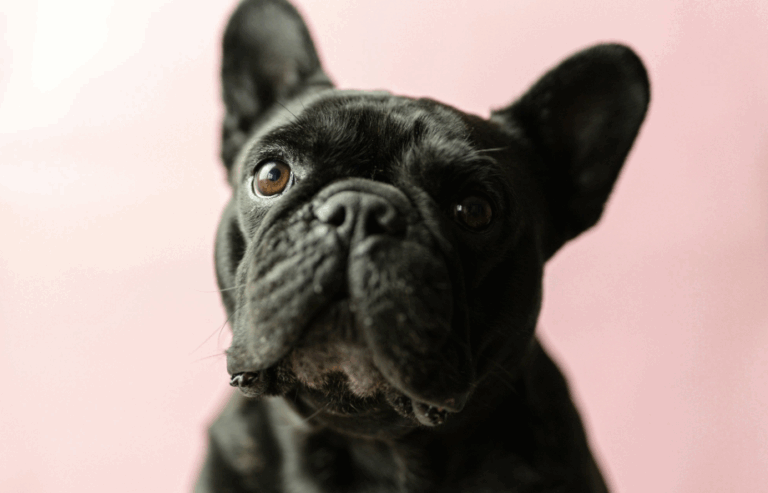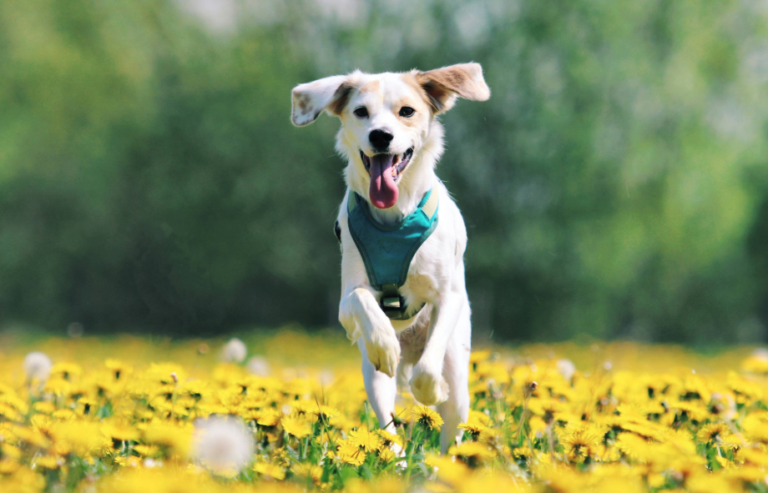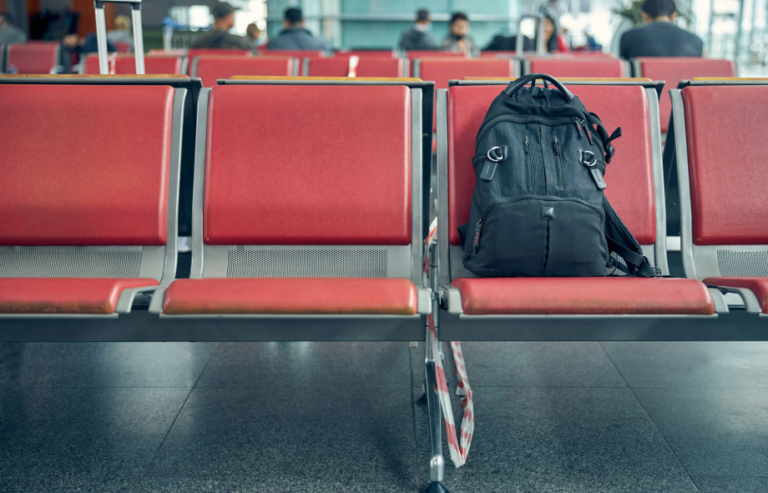The popularity of pugs is ever increasing; whether you’re seeing them with their celebrity counterparts in paparazzi photos, or just waddling around in your local park, they seem to be everywhere! Not that we’re complaining – pugs are adorable, comical little companions that deserve all the recognition they can get, so here are 10 interesting facts about them:
1. “Mops” is the German word for pug
The German term Mops refers to pugs, reflecting one of the earliest European names for the breed.
2. Their journey from China to Europe
Pugs were originally bred in China and began arriving in Europe in the 16th century via trade routes. Over time they became favourite companions of royals and nobility, further sparking their popularity.
3. Queen Victoria’s pug passion
Queen Victoria was a huge fan of pugs in the 19th century and owned several. Her affection for the breed helped elevate its status in British society.

4. The pug of the Orange House
Legend has it that a pug named Pompey saved the life of the Prince of Orange in 1592, and in gratitude pugs became the official dog of the House of Orange. That legacy helps explain why pugs were highly prized in Europe.
5. Facial wrinkles: adorable but demanding
Those deep forehead folds and muzzles are part of pug charm – but they need daily cleaning to prevent skin fold dermatitis. Moisture, debris or trapped bacteria can lead to irritation, fungal infections or worse.
-
Use a soft, damp cloth (or vet-approved wipe)
-
Dry thoroughly
-
Apply a gentle barrier cream if recommended by your vet
If left unchecked, skin fold disease is one of several conditions to which pugs are predisposed.
6. “Multum in parvo” – much in little
The Latin phrase multum in parvo (much in little) is sometimes applied to pugs: they’re compact but packed full of personality, energy, curiosity and charm.

7. A pug’s daily slumber quota
Pugs are notorious for their napping habits – averaging around 14 hours of sleep per day. Their laid-back nature makes them great for apartment living, though regular short walks help maintain healthy weight.
8. Pugs in carriages, dressed to impress
Back in the 16th and 17th centuries, pugs sometimes rode in private carriages and were dressed in little jackets that matched the coachman’s attire. A quirky historical image but evidence of the breed’s long association with status and companionship.
9. A “grumble” of pugs
Did you know a group of pugs is called a “grumble”? It seems perfectly apt given their tendency to snort, wheeze or snore in unison when relaxing together.
10. Climate, colds and breathing risks
Pugs can catch colds more easily than longer-muzzled breeds, and their flat faces make them less tolerant of extreme heat or cold. Combined with predisposition to respiratory conditions, their ability to regulate breathing is compromised. Keep them indoors in extreme weather, avoid overexertion, and monitor for signs of laboured breathing.
Bonus Section: Flying Pugs Safely – What Every Owner Needs to Know
When it comes to flying pugs or relocating a pug overseas, extra care must be taken. Pugs (and other brachycephalic breeds) have anatomical features – narrow nostrils, elongated soft palate, and compressed airways. This makes them more vulnerable to Brachycephalic Obstructive Airway Syndrome (BOAS). This in-turn makes them more vulnerable when flying. While many airlines have restrictions on flying pugs, there are still multiple options you can take. Our Superior package delivered by K9 JETS offers private jet travel – a safe way to fly your BOAS pet. You can learn more about our Superior package here. Or to learn more about relocating BOAS dogs, read our blog on flying flat-faced dogs safely, or give us a call if you are unsure how to fly your pug.





